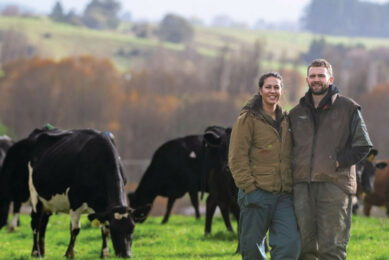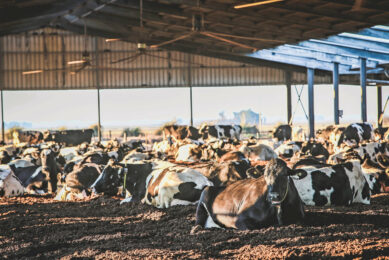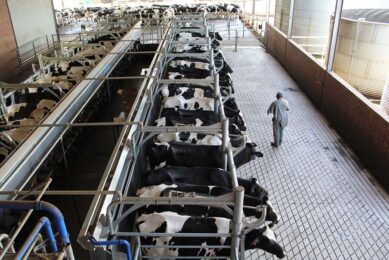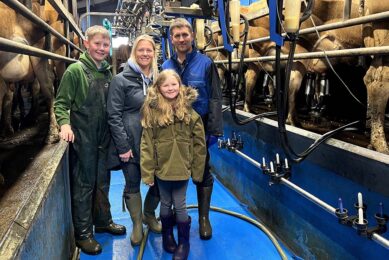A dairy farm facing unique challenges in the Swiss Alps
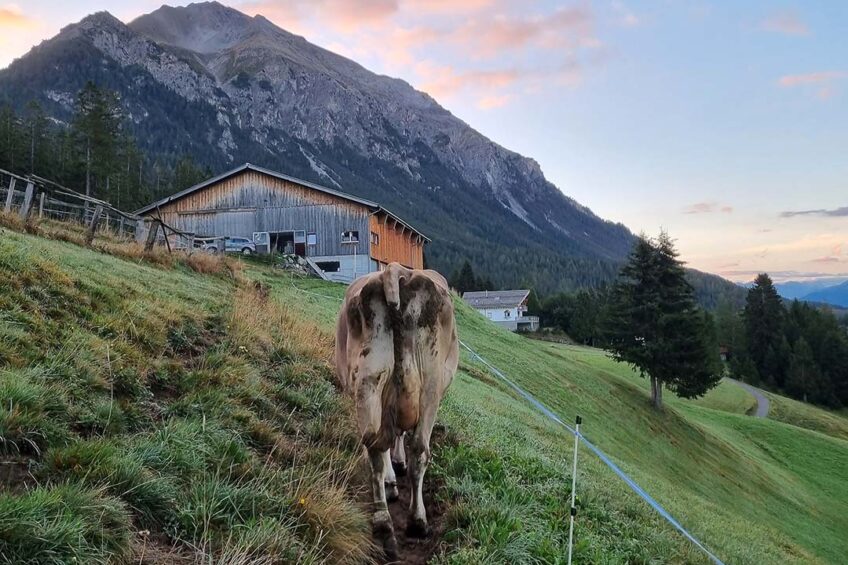
Milking cows at high altitude in the Swiss Alps presents its own set of unique challenges, and watching out for wolves is high on the agenda for dairy farmer Rebeca Gerber.
Rebeca, along with her partner, Domenico Margreth, milk 25 Brown Swiss cows on their farm at Lenzerheide, a popular ski resort in the Alpine Valley in eastern Switzerland. Four years ago Margreth took over the running of the farm that was started by his grandmother, and Rebeca has been working alongside him there for the past 3 years.
“Basically, it’s a fairly traditional Swiss family farm,” says Rebeca. “We have about 46 hectares of land but it’s not your normal flat land that most dairy farmers have. This region sits up to 2,865 m above sea level and that makes farming the steep land quite challenging. We need specific farm machinery to be able to work on the slopes cutting hay and silage for winter feed.”
On their farm the cows are milked twice per day, at 5 am and then again at 5 pm, in a single row DeLaval 4-point milking parlour. Each cow yields an average 40 litres per day at 3.5% protein and 4.5% butterfat. Milk is sold to the local processor called Puracenter at around 0.40 to 0.50 Swiss Francs (€0.41 to €0.52) per litre to manufacture cheese and yoghurt dairy produce.
Grazing high in the Alps
However, there is a twist to this tale as Rebeca and Domenico take their cows higher into other Alps in the summer to be looked after by other farmers. “It’s quite normal for Swiss farmers to graze their cows up in the Alps during the summer time. We normally take ours up to Alp Carmenna at the end of June, usually for 100 days,” says Gerber.
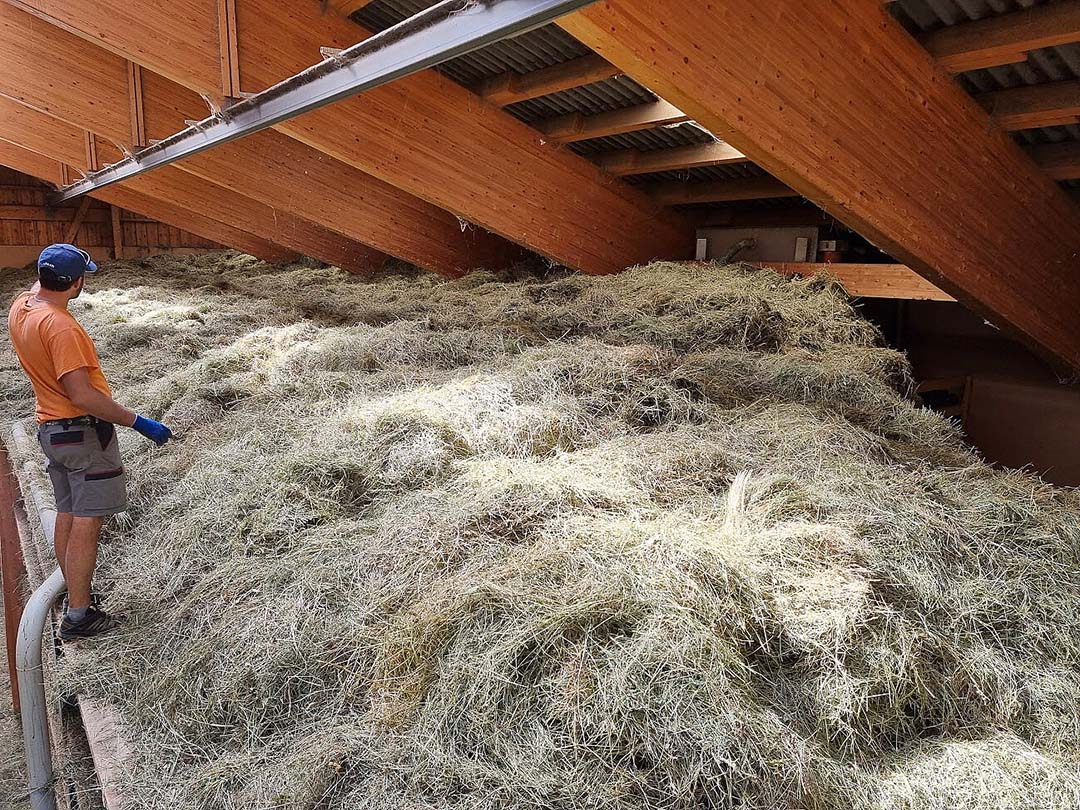
And how they get the milk to the dairy is quite surprising. “Another farmer further up the Alps milks our cows and looks after them. While some Alpine farmers make their own cheeses on-farm, the milk from our cows is actually sent down a pipeline to the bottom for the processor to use. Basically, we pay the farmer to milk and look after our cows, but sometimes we do get money back from the sale of any cheese he makes.”
“The snow comes in quite early up there so we have to bring the cows down again depending on the weather. We bring them down to our farm and keep them outdoors until the snow reaches us; then we bring them inside. Our temperatures range from 30°C in the summer time right down to minus 28°C in the winter time, so we need to manage the livestock carefully,” she says.
Winter forage
While their cows are grazing in the Alps n the warmer months, Rebeca and Domenico take the opportunity to make hay from their lower fields for winter forage. On their farm the hay is stored in the barn lofts using a special barn crane to handle the hay, both to store it and to feed it.
“We use a feed mixer to mix the hay, lucerne and silage for the cows in the winter time,” says Rebeca. “Salt and vitamins are added to the mix. We don’t feed any concentrates when the cows are milked but they do receive some afterwards.”
Breeding cows
In terms of breeding the cows, Rebeca chooses AI’d with sexed semen, while a beef breed bull, typically Limousin, is used on the remaining cows to breed calves to be sold for beef production.
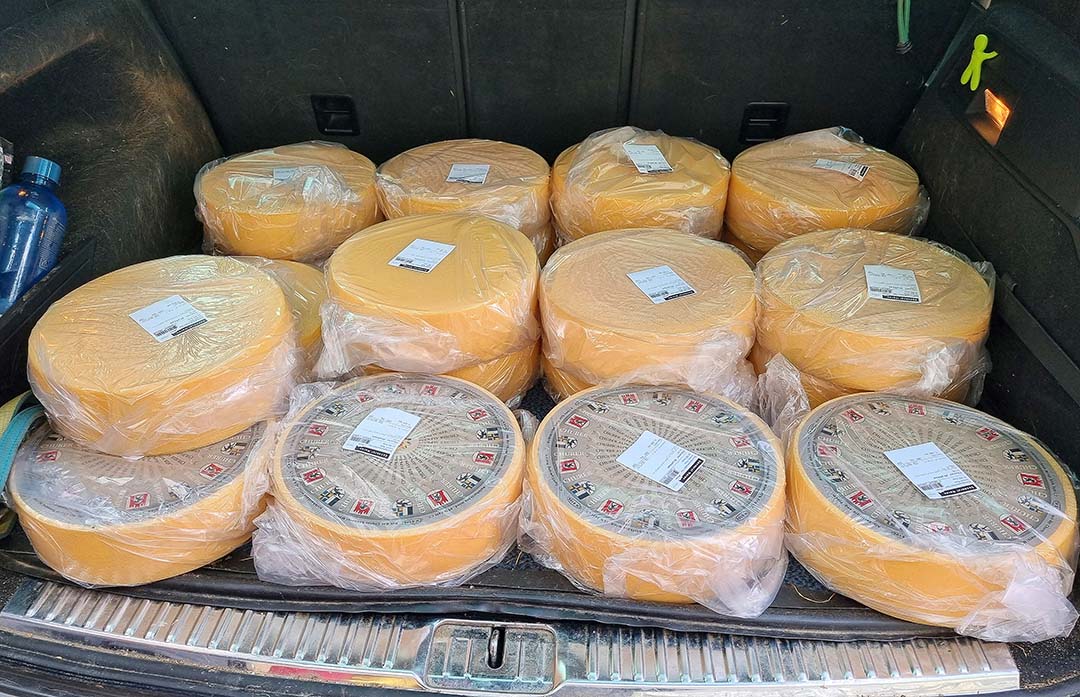
“Using sexed semen is still quite new to us,” Rebeca says, “and it’s not always successful as we have had some male calves born, too, from it. We keep the beef breed calves for 3 weeks and then sell them on to another farmer to rear.”
The use of technology on this farm is not high but they do operate a live camera system in the barn with a mobile phone app to watch the cows during the winter. In addition to the cows, Rebeca also runs 600 laying hen unit on the farm for eggs, all collected and sorted by hand.
Watching out for wolves
On top of the harsh winter climate Rebeca says her main challenges milking cows there at the moment is keeping an eye out for wolves coming to the farm. Right now there are over 300 wolves roaming Switzerland in 32 packs and these are a troublesome predator for the country’s farmers.
“They have made a big comeback over the last 10 years,” she says. “In our area we have over 100 wolves running in 13 packs. Locals farmers have been fighting with the authorities to give us some control over the wolves but they are a protected species. If we see a wolf approaching the farm then we must report it to the local game warden who has the authority to shoot them. Some hunters can also shoot them but they must have a licence to do so.”
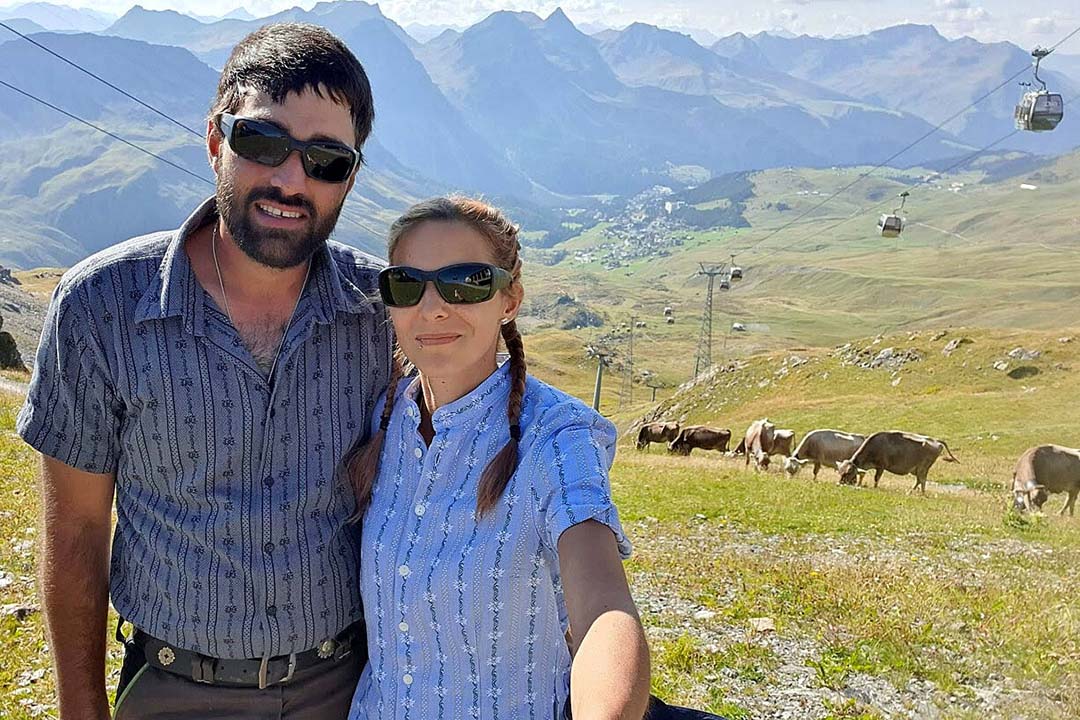
Rebeca said that just a few weeks prior, a number of wolves went into an alpaca farm and killed almost all of them.
She tells of another time she wanted to go horse riding: “During the summer time I wanted to go riding on one of our horses, but when we got near the forest the horse got spooked and wouldn’t move. I called the game warden and he told me to go back home as the wolves were nearby. We now have 2 donkeys on the farm that act as alarms if the wolves come close.
“The wolves would kill our calves in a moment given half a chance. We calve mostly in the winter time and do place small bells on the calves when they go out to the fields in April.” says Rebeca.



